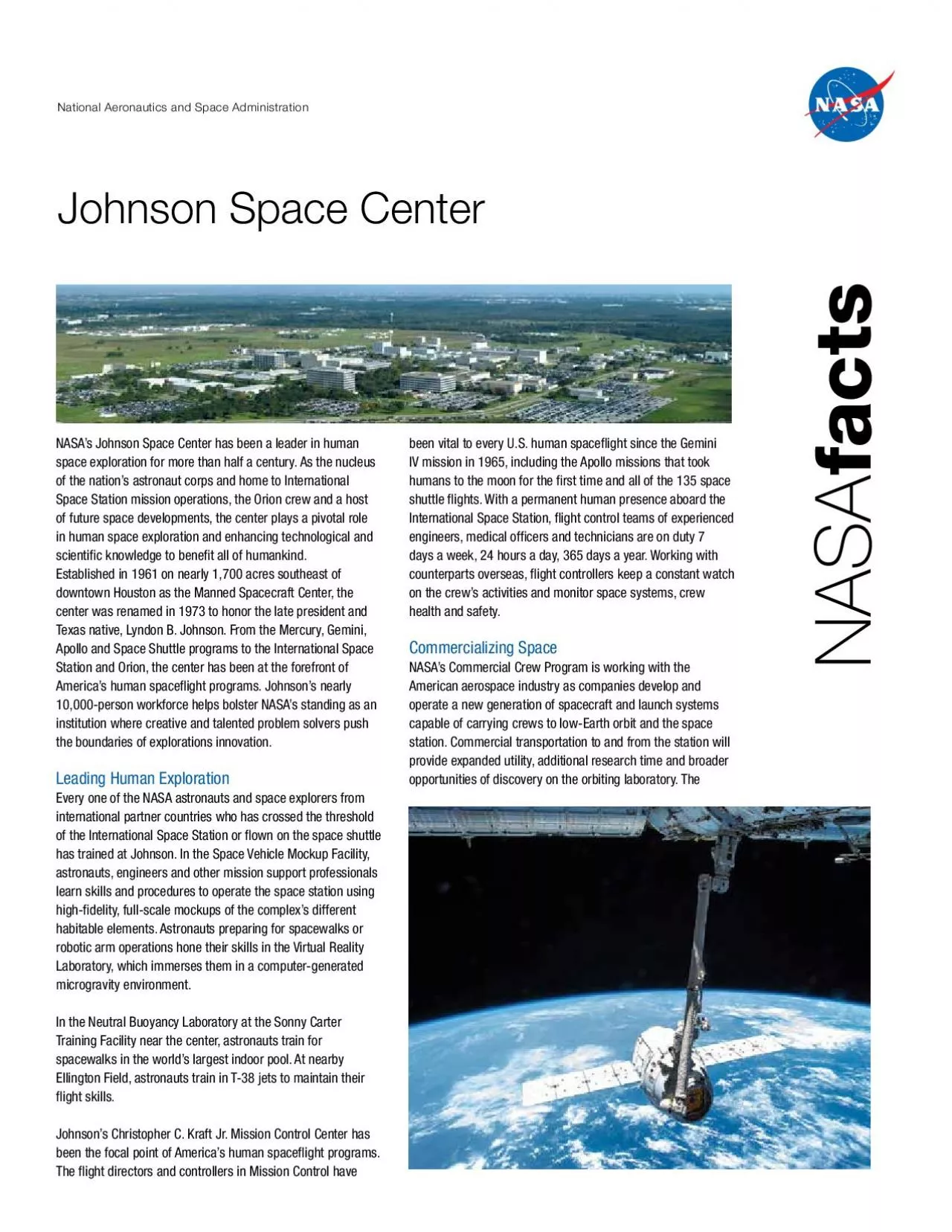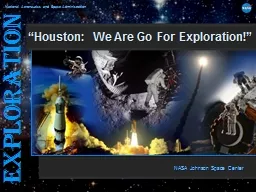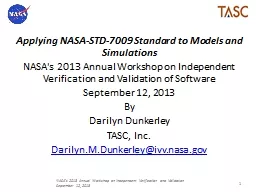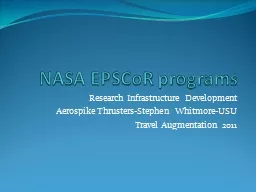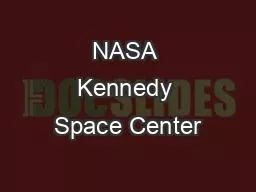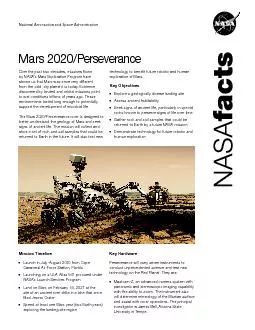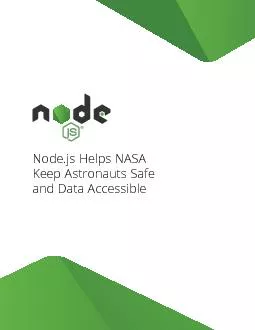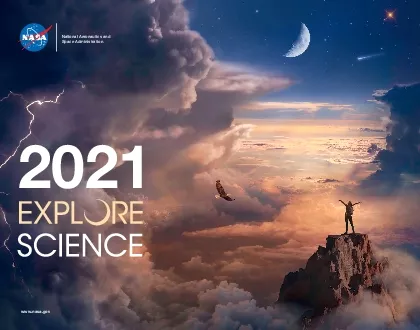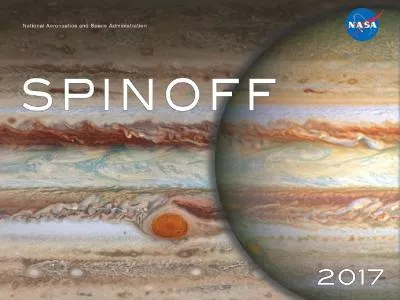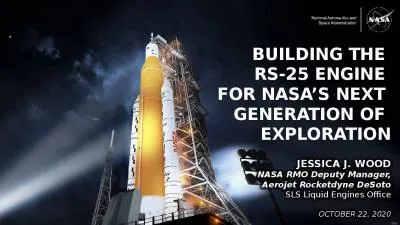PDF-NASA’s Johnson Space Center has been a leader in human space expl
Author : tabitha | Published Date : 2021-01-05
National Aeronautics and Space Administration Commercial Crew Program Deputy Of31ce at Johnson assists in the budgeting contracting safety and technical areas Developing
Presentation Embed Code
Download Presentation
Download Presentation The PPT/PDF document "NASA’s Johnson Space Center has bee..." is the property of its rightful owner. Permission is granted to download and print the materials on this website for personal, non-commercial use only, and to display it on your personal computer provided you do not modify the materials and that you retain all copyright notices contained in the materials. By downloading content from our website, you accept the terms of this agreement.
NASA’s Johnson Space Center has been a leader in human space expl: Transcript
Download Rules Of Document
"NASA’s Johnson Space Center has been a leader in human space expl"The content belongs to its owner. You may download and print it for personal use, without modification, and keep all copyright notices. By downloading, you agree to these terms.
Related Documents

